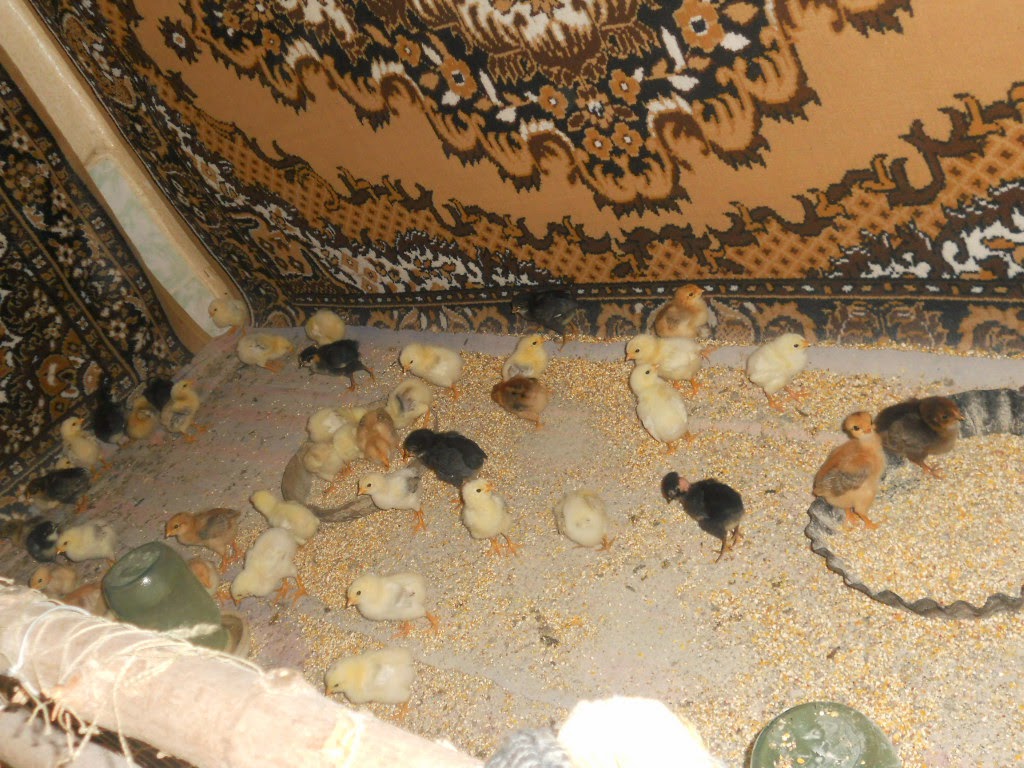 |
| The guard dog is chained. |
 |
| Mieshka, the roaming dog |
 |
| dogs having doggie fun |
 |
| Pica the dog has moved on |
 |
| Whitey and Mieshka off for a romp |
Dogs and door bells.
Let the animal lover be warned.
This story has details you may find disturbing. One of the first things I noticed upon living
in Moldova is that every house had at least one dog and there was no shortage
of dogs on the loose. The one required
dog is both a security system and a door bell.
In the village, every house is actually a compound with a fence and a
gate in the front of it. The standard
role of the dog is to be chained close to the gate inside the yard so that it
can come close enough to any intruder to scare him away. This dog is also taught to bark at people who
seem to stop at the gate of the house.
This way, the owner knows if someone is intending to come in. In this way, the dog is like a door
bell. In the village, there are no door
bells.
The life of the guard dog can vary from owner to owner. The dog may or may not have a house to sleep
in at night. The dog is fed scraps from
the table, maybe twice a day. The dog
has a bowl for water. The dog will be
chained up for an indeterminate amount of time.
In most cases this is for weeks or months at a time. For the most part, this dog will not be
petted, or washed, or played with, or walked.
If the dog is addressed by its owner, most likely it is to quiet
down.
Most of the dogs I’ve seen in Moldova are small dogs, very
few German shepherds, Golden Retrievers, Labradors. Many of the dogs remind me of Russell Terriers,
or small spaniels or what we always referred to as a mutt. It is an amazing sight to see a person
walking a dog on a leash. I’ve seen it a
half dozen times in two years, mostly in the city. I’ve see fancy poodles and dachshunds on the
leash. I’m even aware that they have an
annual Dog Show of pedigreed dogs in Chisinau.
If there is another dog besides the guard dog in a family,
more than likely it is a dog that has the freedom to roam. He can come and go from the house and run
through the neighborhood having doggie fun.
This no doubt is the source of many extra dogs. ( Dog bites by homeless dogs are actually a
common public health problem.) He will
often accompany his owner into the field during farm work or stay with the
animals as they are pasturing.
Where I lived, we had three dogs and a cat. We had Whitey, who was the door bell, guard
dog. We had Mieshka, who was the free
roamer. We had a second guard dog
chained in the chicken yard. I’m sorry
to say that I never heard a name for him.
But every night about sun down he began is steady ‘hram, hram,
hram.’ Our cat was Antoine or Antonio,
depending on our linguistic mood. He was
welcome to come and go inside and outside the house. The dogs were never allowed inside the house.
So that’s the life of a dog in Moldova. Not a pretty picture to our American
eyes. But it’s the place dogs have in
this society. Inspite of that reality,
they are true to their breed and think very highly of us.































